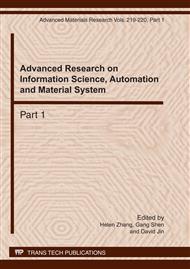p.1584
p.1589
p.1593
p.1597
p.1601
p.1608
p.1612
p.1617
p.1621
Polypropylene Fiber Reinforced Concrete for Airport Rigid Pavements: Compressive and Flexural Strength
Abstract:
This paper presents the experimental investigation carried out to study the behavior of polypropylene fiber reinforced concrete (PPFRC) under compression and flexure. Crimped polypropylene fibers and twisted polypropylene fiber were used with 0.0%, 0.2%, 0.4% and 0.6% volume fractions. The influence of the volume fraction of each shape of polypropylene fiber on the compressive strength and flexural strength is presented. Empirical equations to predict the effect of polypropylene fiber on compressive and flexural strength of concrete were proposed using linear regression analysis. An increase of 27% in flexural strength was obtained when 0.6% volume fraction of twisted polypropylene fiber was added. It was also found that the contribution of fiber in flexural strength is more effective when twisted fibers were used. The compressive strength was found to be less affected by polypropylene fiber addition.
Info:
Periodical:
Pages:
1601-1607
Citation:
Online since:
March 2011
Authors:
Keywords:
Price:
Сopyright:
© 2011 Trans Tech Publications Ltd. All Rights Reserved
Share:
Citation:


